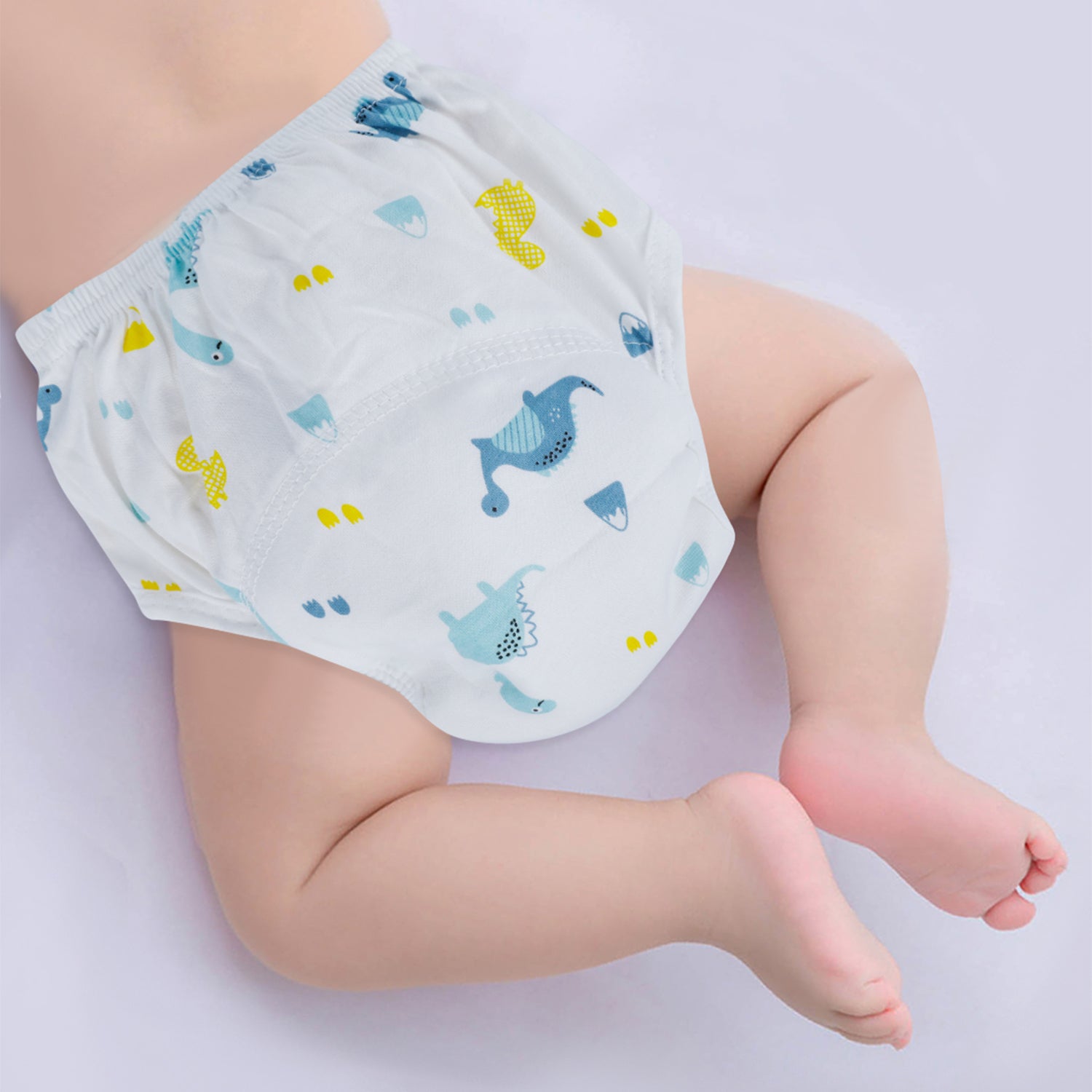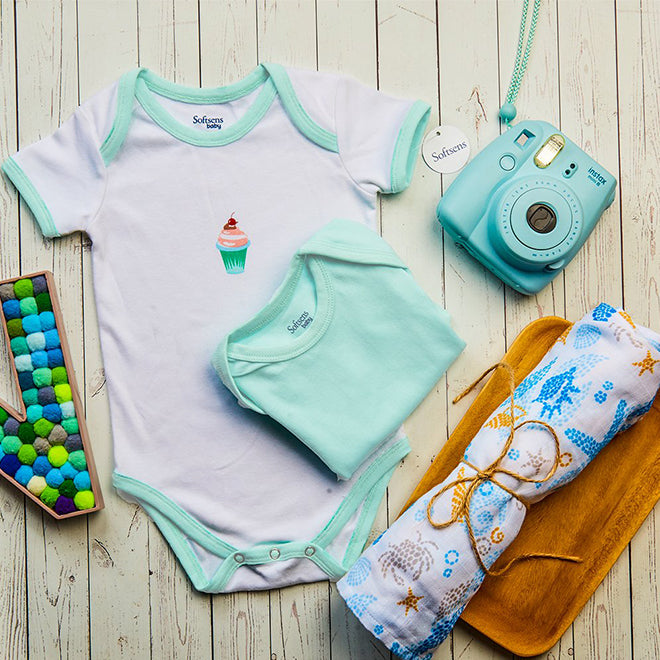Everything About Child Garments: Understanding the Advantages of Comfy Fabrics
Choosing appropriate textiles for child clothes is crucial for their comfort and total advancement. Soft, breathable products like cotton and bamboo are preferred for their gentle touch on delicate skin. In addition, the fit of child clothes plays a significant role in permitting motion. Recognizing these elements can significantly affect a child's experience in their very early phases. What considerations should moms and dads remember when picking the very best options for their children?
The Importance of Convenience in Baby Apparel
When picking baby apparel, convenience becomes an essential factor that can not be neglected. Babies have fragile skin and are especially sensitive to discomfort, which can result in fussiness and sleep disruptions. The best apparel permits convenience of motion, necessary for their natural development as they begin to discover their environments. Parents usually focus on soft seams, adjustable functions, and breathable textiles to ensure their infants continue to be comfy throughout the day.
Garments that is very easy to put on and take off simplifies dressing routines, decreasing tension for both babies and moms and dads. The value of convenience extends beyond the physical; it adds to a child's overall well-being and joy. Picking garments that prioritize comfort promotes a favorable atmosphere for growth and exploration - Blz baby clothes. Ultimately, recognizing the relevance of comfort in infant apparel can cause much better choices that support a baby's demands during these formative months
Recognizing Fabric Types: Cotton, Bamboo, and More
Choosing the appropriate material for child apparel plays a substantial function in ensuring comfort. Various textile kinds use unique features that can influence a baby's experience. Cotton, for example, is a popular selection because of its breathability and softness, making it mild against delicate skin. It is also sturdy and easy to tidy, contributing to its charm for parents.
Bamboo textile is one more outstanding option, recognized for its eco-friendliness and moisture-wicking buildings. It aids manage temperature and keeps children dry, which can be specifically useful during warmer months. Additionally, bamboo is naturally hypoallergenic, decreasing the risk of inflammation for delicate skin.
Various other textiles, such as bed linen and modal, additionally contribute unique benefits. Bed linen is light-weight and breathable, while modal is soft and immune to shrinking. Comprehending these material types can help parents make informed choices for their child's closet, advertising convenience and well-being.
The Benefits of Soft Cotton for Baby Skin
Soft cotton is usually hailed as the perfect textile for infant garments, mostly as a result of its gentle touch against sensitive skin. This natural fiber is hypoallergenic, making it a risk-free choice for babies vulnerable to breakouts or allergic reactions. Unlike artificial materials, soft cotton enables better air flow, lowering irritation and discomfort throughout wear. Its moisture-wicking buildings aid to keep children completely dry, which is essential for protecting against diaper rash and other skin issues.
In addition, soft cotton is very sturdy and can hold up against regular washing, making sure that garments stay in good problem gradually. The fabric's breathability adds to overall convenience, allowing babies to relocate freely without limitation. Furthermore, its softness boosts with each laundry, enhancing the experience for both moms and dads and their youngsters - Blz baby clothes. Overall, soft cotton gives an ideal mix of comfort, safety and security, and practicality for child clothing, making it a preferred choice amongst caretakers
Checking Out Breathable Fabrics for Temperature Level Regulation
Breathable materials play a necessary duty in managing an infant's body temperature level, complementing the comfort provided by soft cotton. These products allow air to distribute, protecting against overheating during warmer months and retaining warmth in colder problems. Fabrics such as linen, bamboo, and moisture-wicking blends are especially effective in maintaining a suitable microclimate for infants.
Bed linen, understood for its all-natural breathability, helps wick away moisture, keeping infants completely dry and comfortable. Bamboo, on the various other hand, supplies a soft appearance along with excellent thermoregulating buildings, making it a preferred selection for sleepwear.
Moisture-wicking blends draw sweat far from the skin, guaranteeing infants stay comfy also throughout energetic play. Selecting garments made from breathable fabrics not only enhances the child's convenience however likewise adds to total well-being, making it an important factor to consider for caretakers when picking infant apparel.
Synthetic vs. natural Products: What to Pick?
When picking child garments, the selection in between synthetic and all-natural products elevates important factors to consider. Variables such as breathability, convenience, sturdiness, and environmental influence play an important role in this decision. Moms and dads need to weigh these aspects to guarantee the most effective alternatives for their youngster's demands and the world's wellness.
Breathability and Convenience
Selecting see this here the right materials for baby clothes significantly impacts a kid's comfort and total wellness. Breathability is a necessary consider making sure that infants remain comfortable throughout the day. All-natural fabrics, such as cotton and linen, are recognized for their remarkable breathability, allowing air flow and dampness absorption. This aids regulate a baby's body temperature, keeping them cool down in warm conditions. On the various other hand, synthetic materials, while frequently more budget friendly and available in various styles, may catch warmth and dampness, possibly triggering pain. Parents ought to consider the environment and their baby's skin level of sensitivity when choosing materials. Inevitably, focusing on breathable, soft materials will enhance an infant's convenience and support healthy skin development.
Longevity and Durability
While comfort is necessary, the toughness and durability of baby garments are similarly vital elements for parents to consider. When picking between all-natural and synthetic materials, moms and dads must evaluate the advantages of each. All-natural fabrics like cotton and bed linen are usually commended for their gentleness and breathability, making them comfy versus a child's delicate skin. However, they may use out quicker, particularly with regular cleaning. On the various other hand, artificial products such as polyester and nylon can supply enhanced resilience and resistance to reducing or fading, making them a sensible choice for energetic infants. Inevitably, picking the best fabric includes balancing comfort with the requirement for clothing that can endure the roughness of daily deterioration, ensuring they last via numerous usages.
Ecological Effect Factors To Consider
The ecological influence of infant garments is increasingly coming to be a significant factor to consider for parents. When selecting between natural and synthetic products, moms and dads typically weigh the eco-friendly impact of each option. All-natural fibers, such as organic cotton and bamboo, are eco-friendly and usually created with fewer unsafe chemicals, making them extra lasting options. On the other hand, Read More Here synthetic products like polyester and nylon are obtained from petroleum, adding to contamination and microplastics in oceans. Artificial fabrics can supply sturdiness and moisture-wicking residential or commercial properties, which might be beneficial for active babies. Eventually, moms and dads need to balance environmental interest in the sensible requirements of their babies, thinking about aspects such as convenience, treatment, and long life while going for environmentally friendly selections in their infant's wardrobe.
Influence of Fabric on Infant's State of mind and Health
The option of fabric in baby clothing substantially influences a youngster's mood and overall well-being. Breathable and comfortable products can boost a child's convenience, while sensory-sensitive infants might react adversely to severe or synthetic materials. Understanding these factors helps caregivers choose appropriate clothing that sustains a favorable emotional atmosphere.
Fabric Breathability and Comfort
Choosing breathable materials for infant clothing is important, as it considerably affects a youngster's comfort and overall state of mind. Breathable products, such as cotton and linen, enable air circulation, helping to regulate the child's body temperature. This is specifically essential to stop overheating, which can result in irritation and restlessness. They are extra likely to be calm and content when infants really feel comfortable in their clothing. In contrast, non-breathable fabrics can trap warmth and dampness, causing discomfort and potential skin irritabilities. Prioritizing breathable alternatives not only boosts physical health however additionally adds to a much more positive mood. Picking the ideal fabric is crucial for cultivating a nurturing setting that sustains an infant's growth and happiness.

Sensory Sensitivity Factors To Consider
Fabric options not only influence breathability however likewise play an important function in a child's sensory experience. Children are specifically sensitive to appearances, and the best material can boost their convenience and general mood. Soft, all-natural products like cotton and bamboo are typically favored, as they give a gentle touch against the skin, decreasing irritation. On the other hand, artificial or rough materials might result in pain, prompting fussiness or distress. This sensitivity can influence exactly how an infant interacts with their environment. Parents require to be conscious of fabric choice, as it can substantially impact a kid's psychological wellness. Ultimately, choosing comfortable textiles is crucial for advertising a favorable sensory experience, contributing to a happy and contented baby.
Tips for Choosing the most effective Child Clothing for Convenience
When picking infant clothing for comfort, moms and dads must focus on soft, breathable products to ensure their kid remains cozy throughout the day. Fabrics like cotton and bamboo are outstanding choices, as they permit airflow and decrease inflammation against delicate skin.
Furthermore, parents should consider the fit of original site the clothing; loose-fitting garments give enough room for movement, ensuring that infants can discover without constraint.

Parents need to additionally consider the climate; layering options are advantageous for fluctuating temperature levels, enabling very easy modification.
Deciding for easy-to-use bolts, such as snaps or zippers, can enhance clothing and diaper changes, better boosting comfort. By concentrating on these elements, parents can develop a comfortable closet that sustains their kid's wellness and development.
Often Asked Questions
Exactly how Typically Should I Clean My Baby's Clothes?
Experts advise cleaning a child's clothing after every wear, specifically if they end up being stained. For sensitive skin, utilizing mild cleaning agents and staying clear of material softeners is advisable to keep textile honesty and reduce inflammation risks.
What Sizes Should I Acquire for My Growing Infant?
For a growing child, it is recommended to purchase dimensions that accommodate their present age and weight, selecting a dimension larger when unsure. This assures comfort and durability as they remain to grow.
Are There Baby Clothing Suitable for Sensitive Skin?
Yes, there are child clothes designed especially for delicate skin. These garments normally include soft, breathable materials like organic cotton and avoid rough dyes or chemicals, guaranteeing convenience and reducing the risk of inflammation for delicate skin.
Can Baby Garments Be Safely Dried Out in a Dryer?
Baby clothes can generally be securely dried in a dryer, however it is important to examine treatment labels. Using a reduced heat setup helps avoid contraction and keeps the stability of the fabric.
Just How Can I Inform if Baby Clothes Fit Properly?
To identify proper suitable for infant garments, one should look for snugness without limiting movement, guarantee seams line up with shoulders and crotch, and verify that garments permits easy undressing and clothing without extreme rigidity. Blz baby clothes.
Selecting appropriate textiles for infant clothes is important for their comfort and total advancement. Picking the best material for baby garments plays a significant role in ensuring comfort. Breathable fabrics play a crucial function in managing a baby's body temperature, enhancing the comfort supplied by soft cotton. Comfortable and breathable products can boost a child's comfort, while sensory-sensitive infants may react adversely to severe or artificial fabrics. Selecting breathable textiles for baby clothes is crucial, as it substantially influences a kid's convenience and overall state of mind.